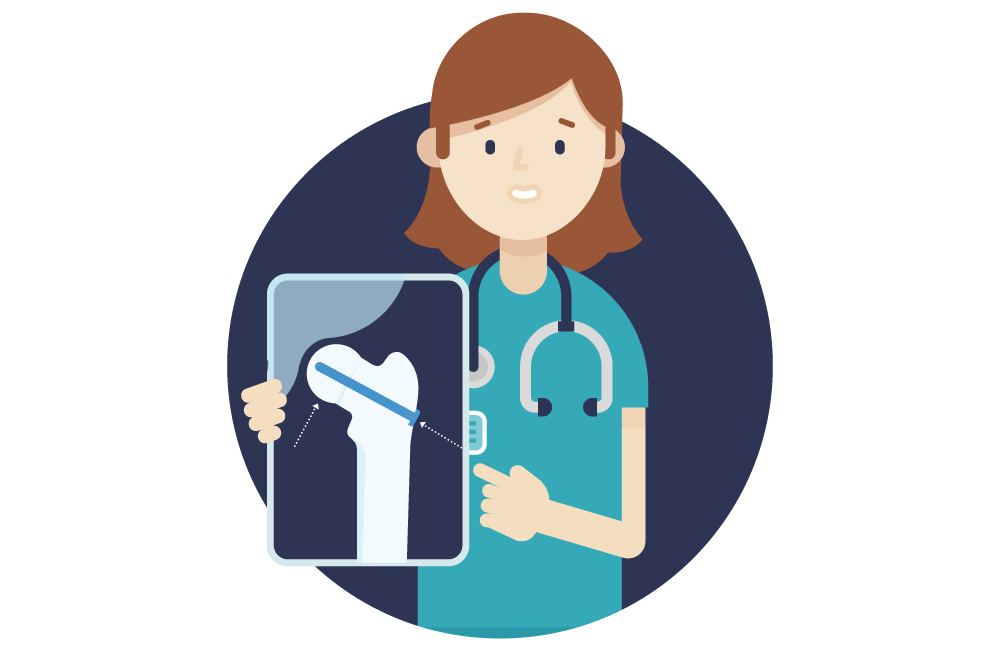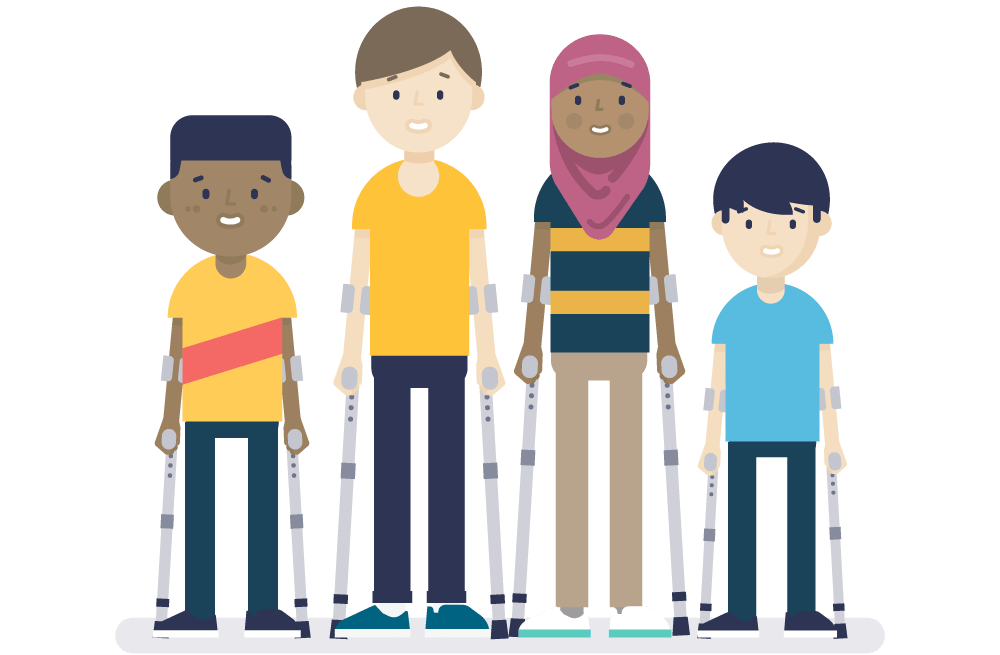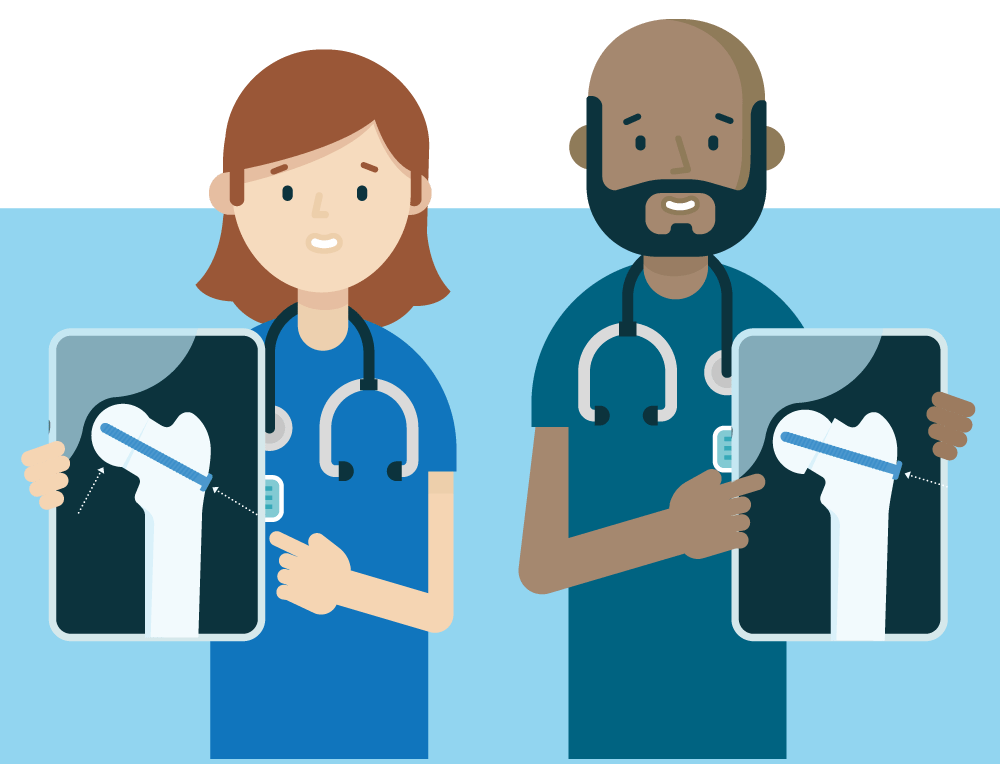
BIG BOSS study
When children between 8 and 15 years old have a severe stable SCFE, is major surgery to correct and protect the hip better than keyhole surgery which protects the hip but does not correct the shape?
Participant Information Animation
This study will compare the two commonly used treatments for a severe SCFE in a group of 192 children.
This animation provides a summary of the study.

Background
A slipped capital femoral epiphysis (or SCFE) is a rare condition but one of the most important paediatric and adolescent hip disorders. SCFE is the most common reason for hip replacement surgery in both adolescence and early adulthood, and rates of this condition are increasing. A survey of almost 100 surgeons from the British Society Children’s Orthopaedic Surgery have prioritised this as requiring urgent research.
The simplest explanation of the disease is to imagine the hip like a ball of ice cream (the top of the hip) on an ice cream cone (the thigh bone). The ice cream ball could melt and slip a little away from the cone (minor slip), or slip a lot (severe slip) or could just come loose from the cone completely (unstable slip). Unstable slips are particularly worrisome as the supply of blood to the hip, which gives the bone nutrition and oxygen to remain healthy, could stop completely. A complete stop of the blood supply may cause the whole hip to die (with the ice cream ball becoming very squashed).
The treatment of SCFE always involves surgery to stabilise the slip, however which type of surgery is necessary depends on how bad the slip is. In mild slips, surgery involves inserting a screw using a keyhole operation, to stop the hip slipping any more (this is called “stabilising”). For severe slips, where the hip bone is most deformed, doctors currently can choose between two types of operation and it is not clear whether one is better than the other. The first treatment option is inserting a screw through keyhole surgery (stabilising but not putting the ice cream back on the cone) and accepting that the shape of the hip has changed. This may cause problems with walking and may risk later osteoarthritis. The second option is to correct the slip through major surgery (stabilising and putting the ice cream back on the cone), though this could make the hip unstable and carries a risk that the hip bone may collapse (i.e., a very squashed ice-cream) causing disability.

Aims
The aim of this pragmatic randomised controlled trial is to evaluate the clinical and cost-effectiveness of acute correction of deformity, compared to pinning in-situ for the management of severe stable SCFE in children.
The Big BOSS Study - The British Orthopaedic SCFE Surgery Study for Severe Stable Slips
Cards linking to other pages

Taking Part
For more information on what will happen if you decide to take part, follow the link below.

About the Study
Follow the link below to learn more about the BIG BOSS study.

Contact
If you have any questions or would like to speak to a member of the research team, click the link below.